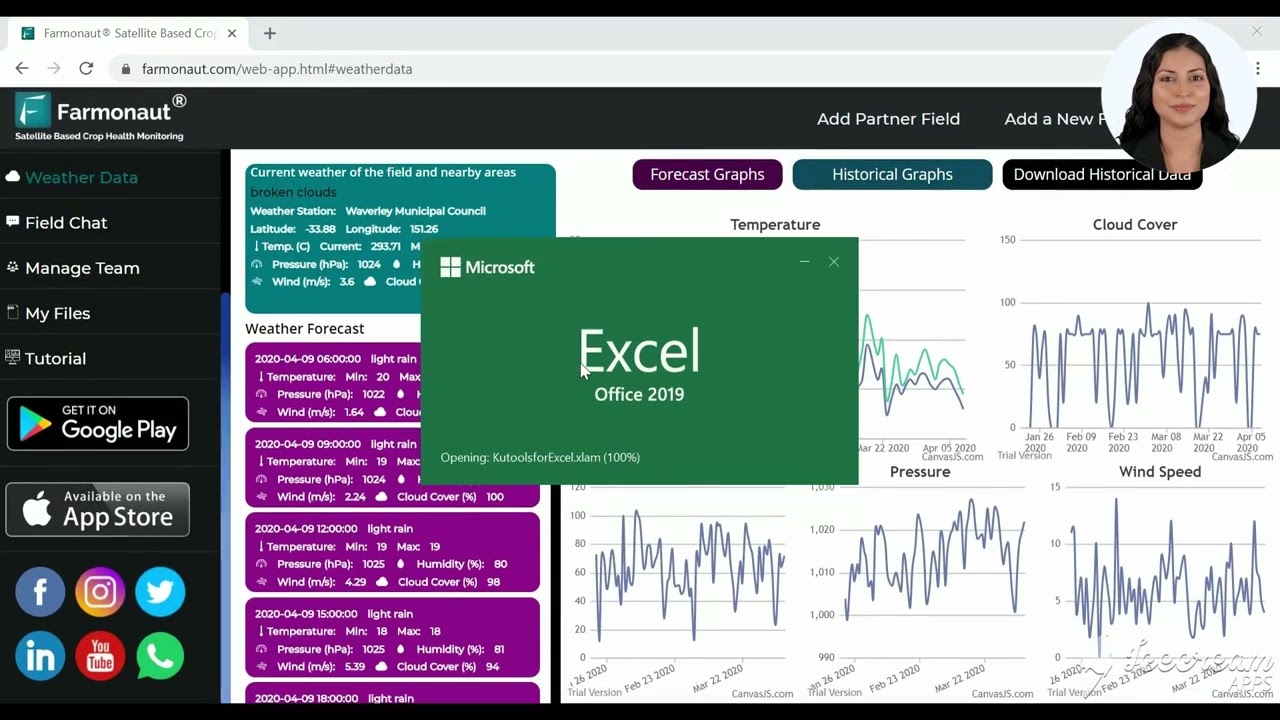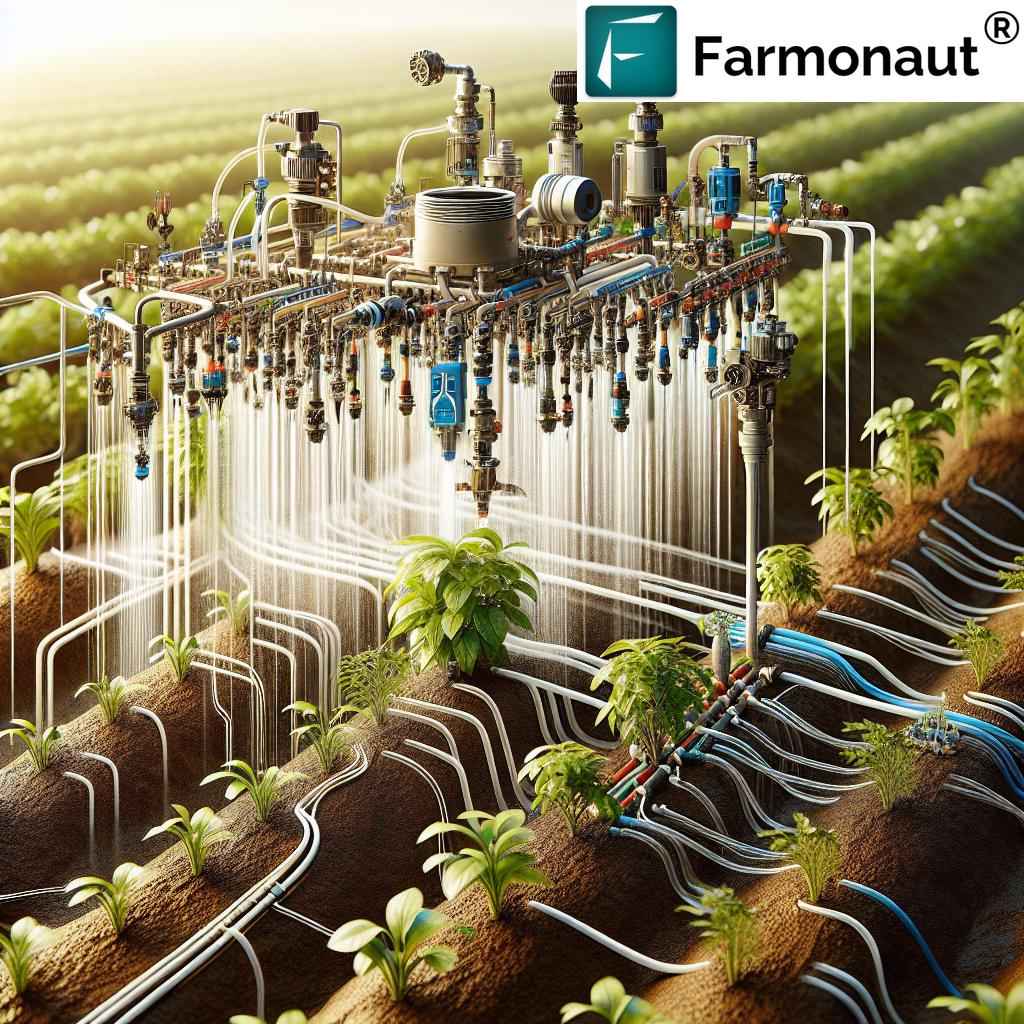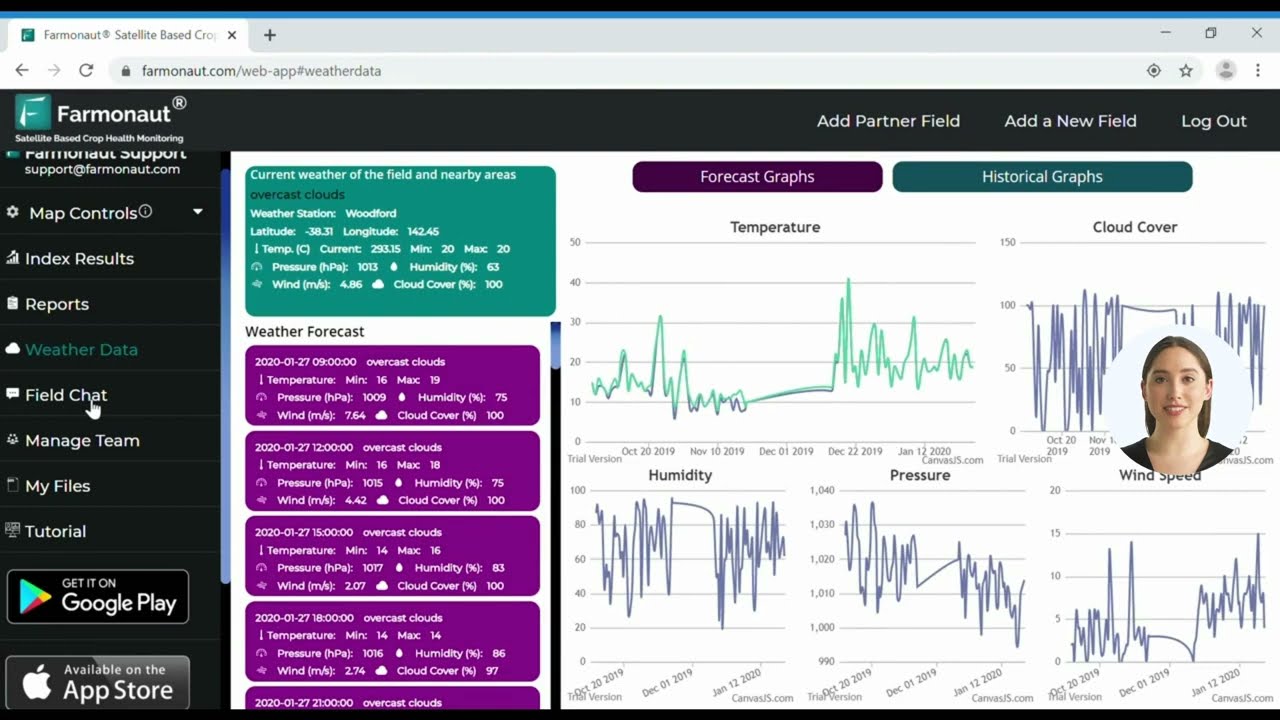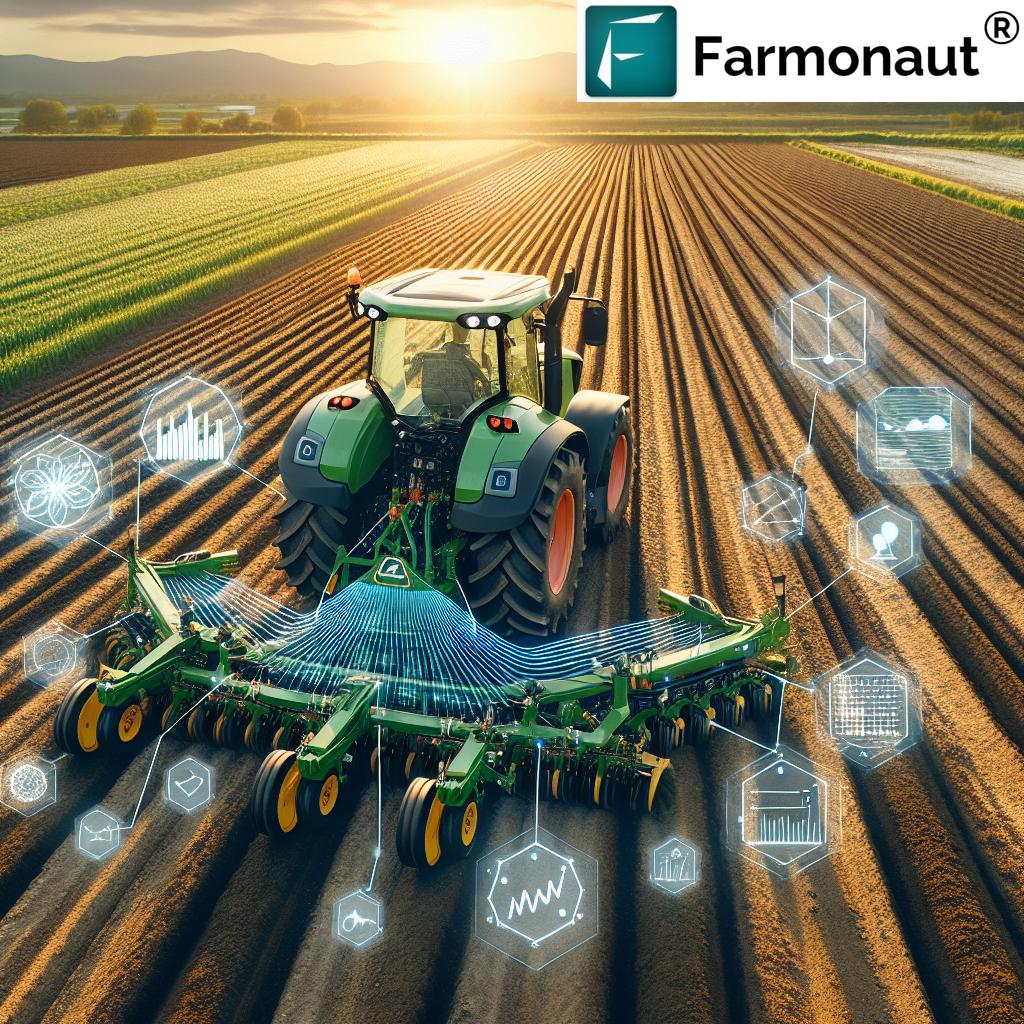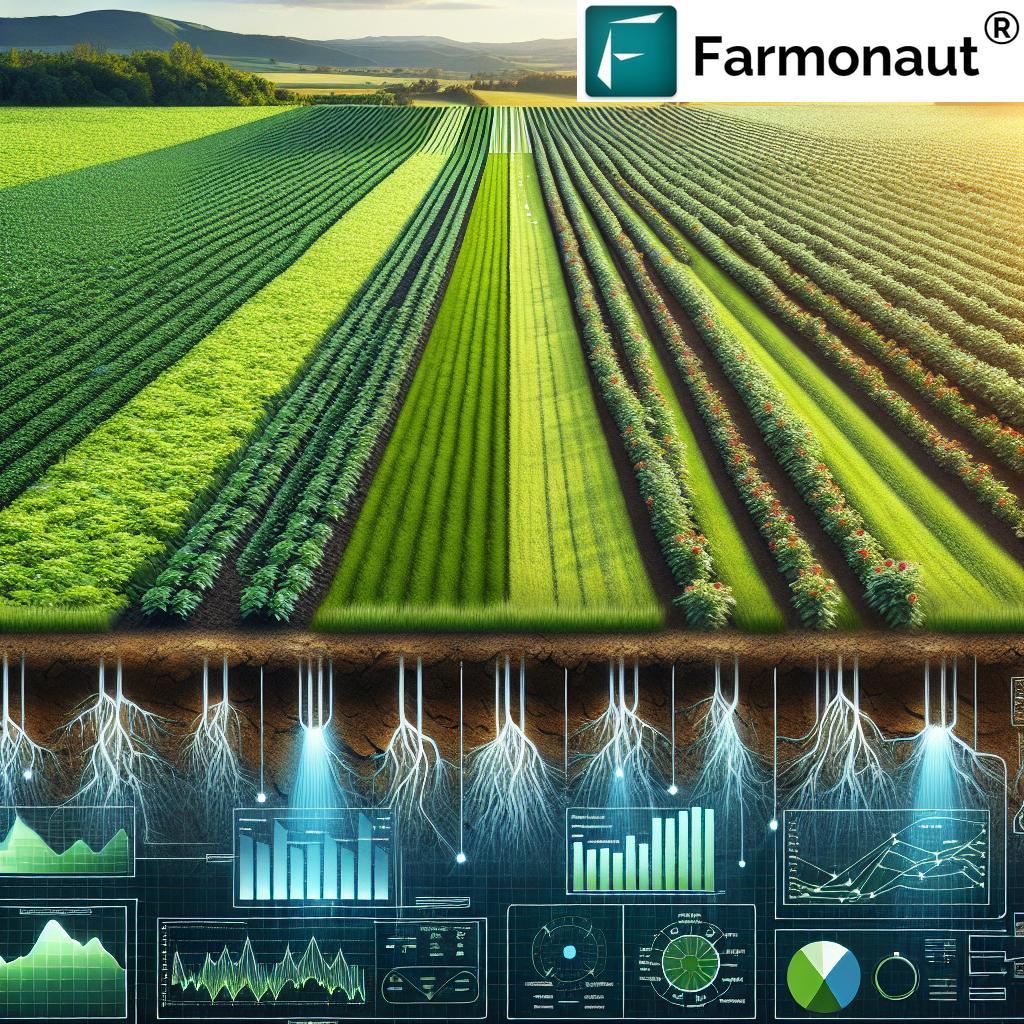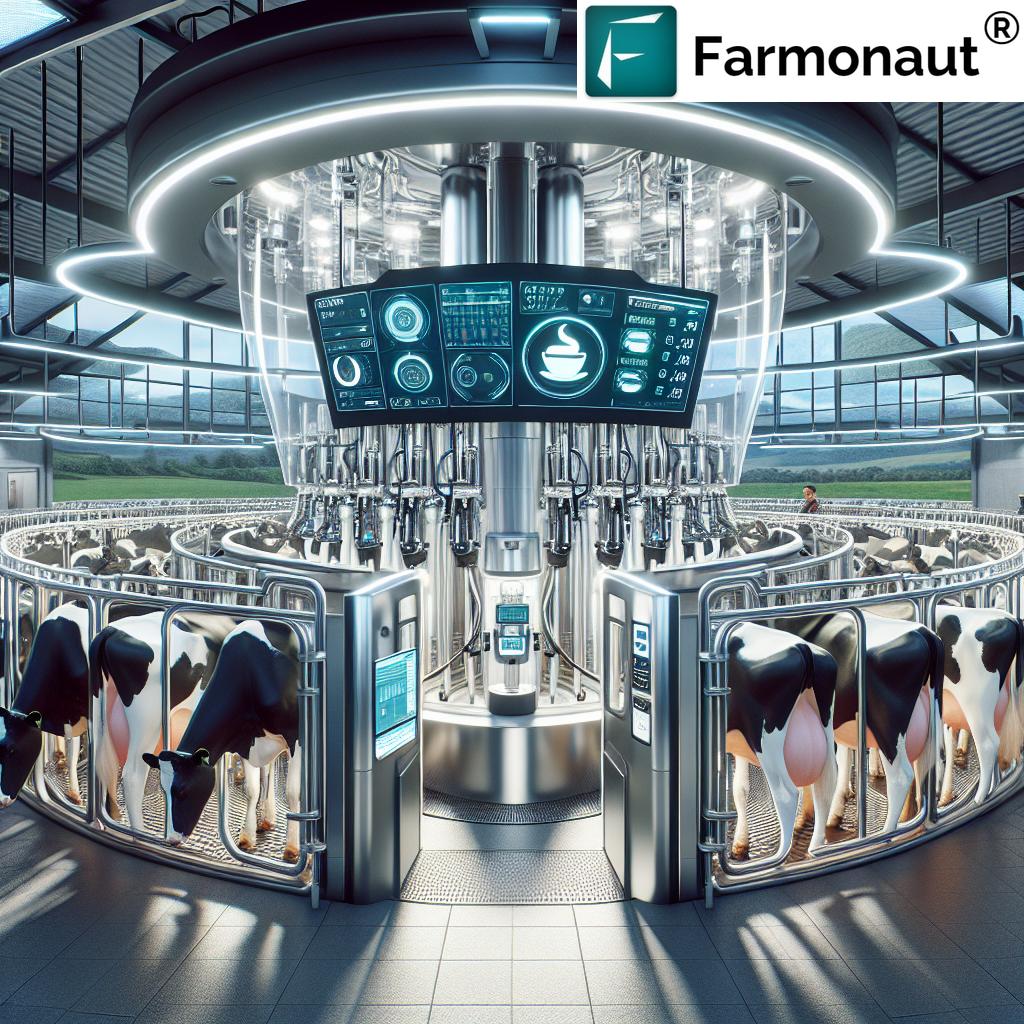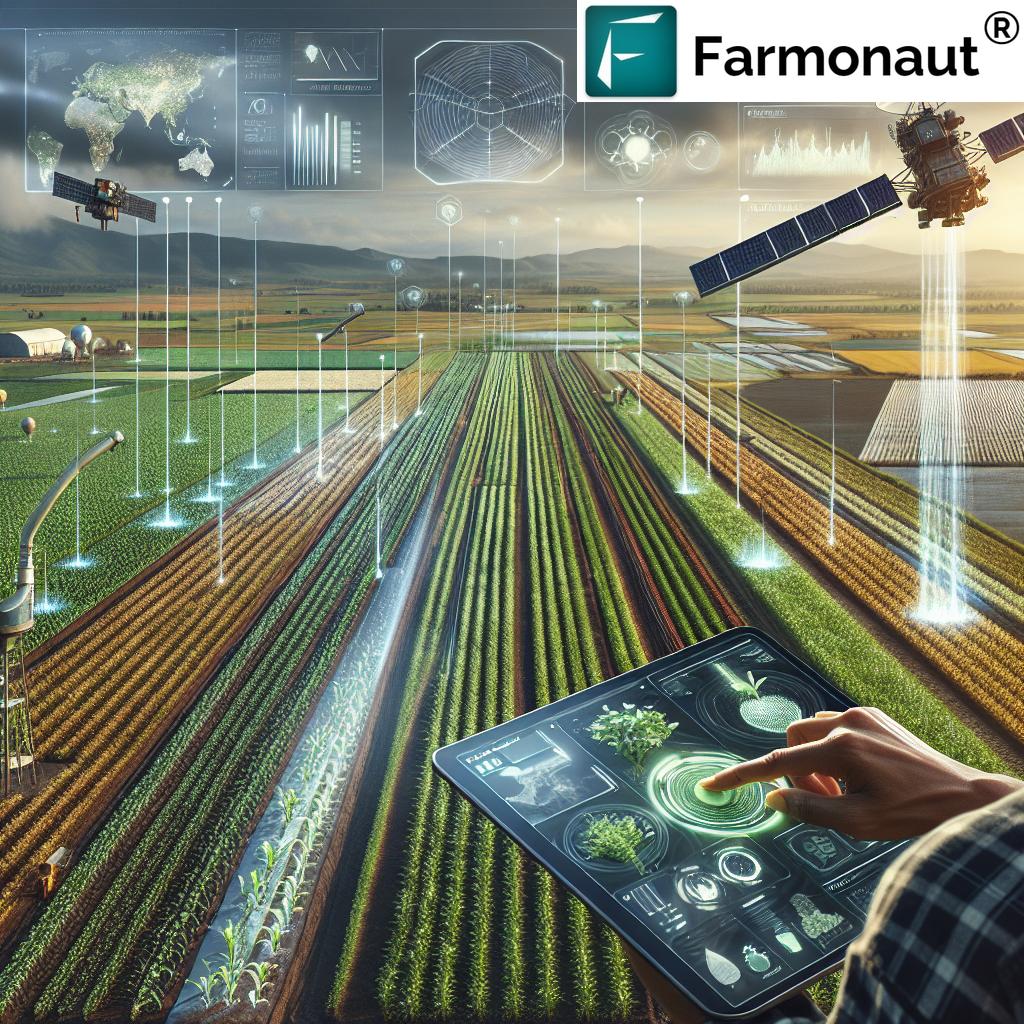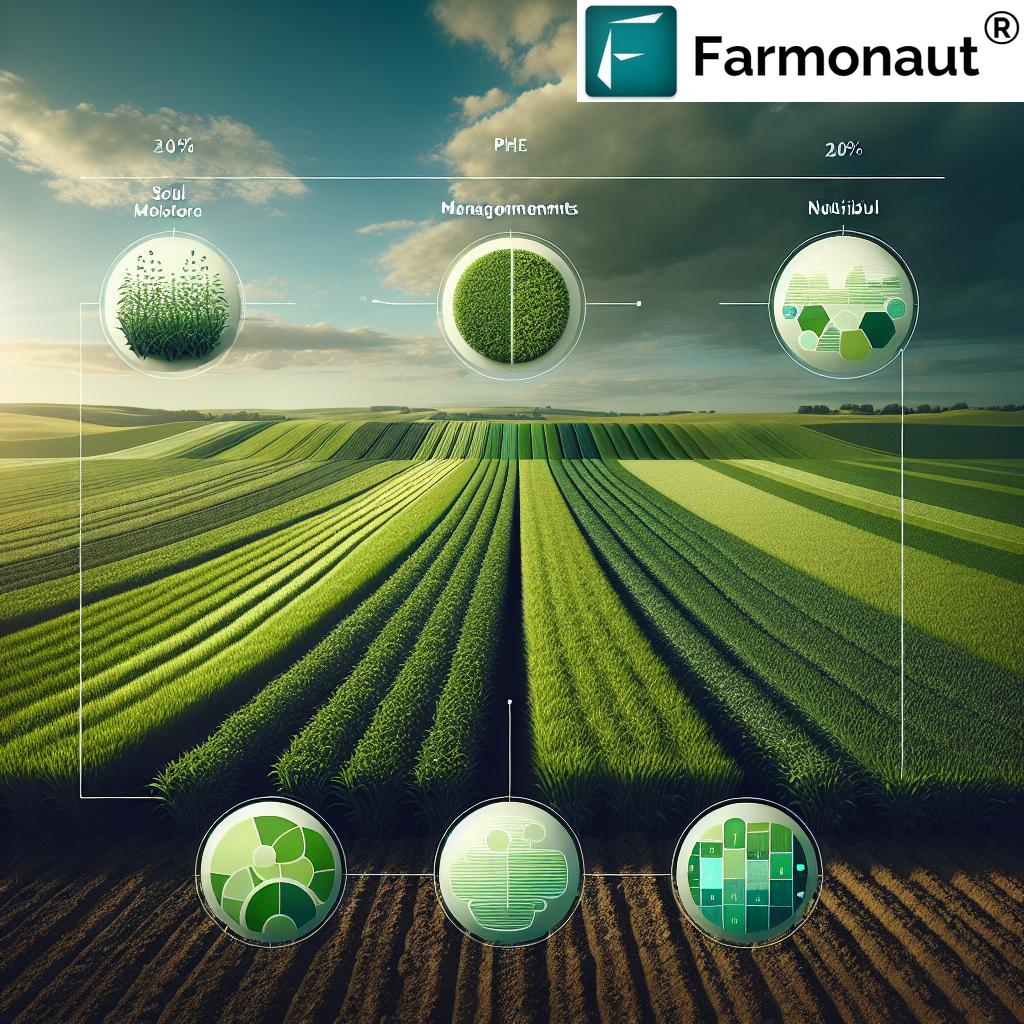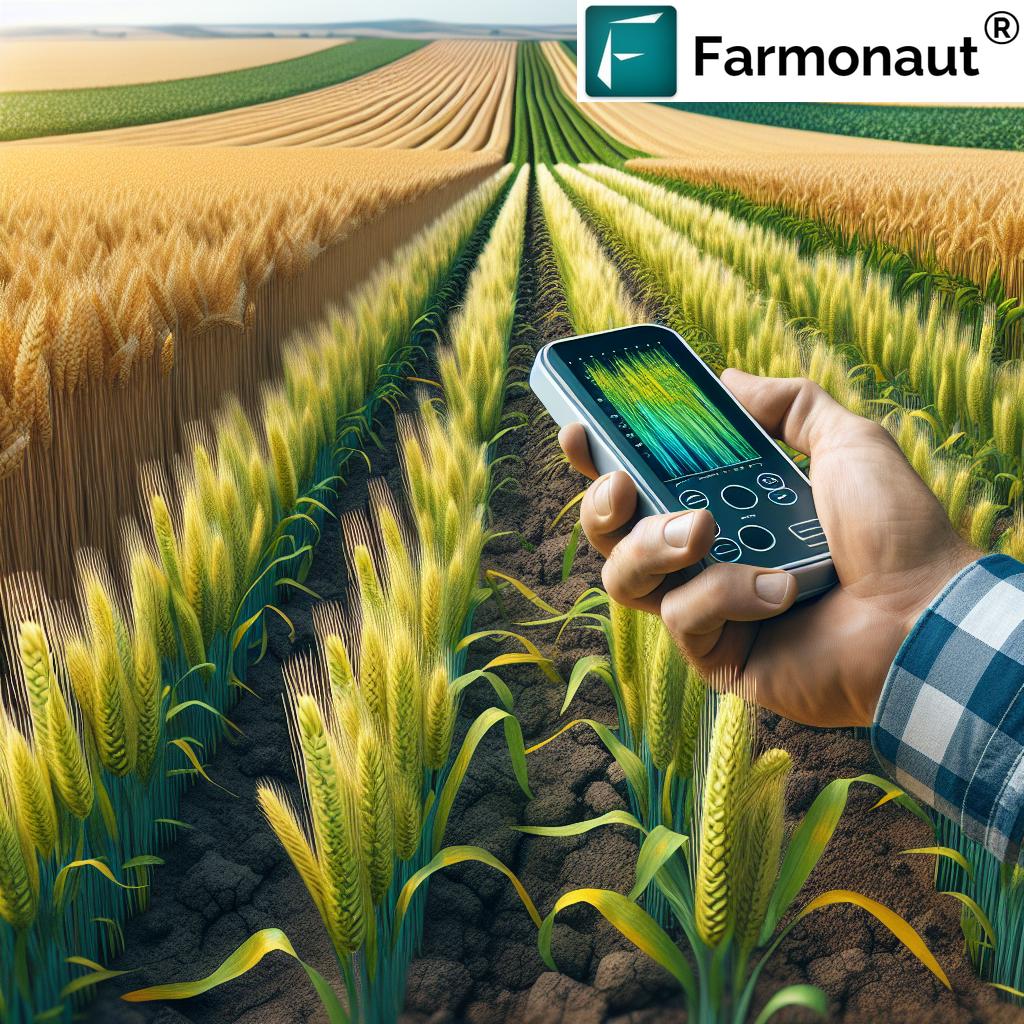Irrigation Automation: Boost Efficiency With 7 Hacks!
“Irrigation automation can reduce water usage by up to 50% compared to traditional methods.”
Introduction to Irrigation Automation
Water is a precious resource, and its efficient management is crucial for sustainable agriculture and forestry. As the global population grows and climate patterns become more unpredictable, traditional irrigation methods struggle to meet the demands of modern farming. That’s where irrigation automation comes in—a transformative advancement that empowers us to leverage smart technology for optimizing agricultural water usage, boosting crop yields, and promoting environmental sustainability.
In this blog, we explore how automated irrigation systems and smart irrigation technology leverage sensors, controllers, and data-driven decision-making to dramatically enhance farming efficiency. By integrating these technologies, we can achieve precise control over water delivery, minimize waste, reduce labor, and promote sustainable farming practices.
Our commitment to transparency and quality is further enhanced with Farmonaut’s Blockchain-Based Product Traceability. This technology ensures reliable, transparent supply chains for agriculture and forestry, which is essential for consumer trust and regulatory compliance.
Understanding Irrigation Automation
Irrigation automation involves using sophisticated technology—such as soil moisture sensors, environmental data collection, remote controllers, and automated valves—to manage how and when water is applied to crops or forests. These solutions range from simple systems like timers to complex sensor-based networks that continually track soil moisture, weather conditions, and plant needs to enable precision irrigation for farmers.
Our goal is to ensure that every plant receives optimal hydration while minimizing water waste, reducing labor, and maximizing crop yields. This is a cornerstone of sustainable farming practices and aligns perfectly with environmental conservation efforts worldwide.
Key Components of Automated Irrigation Systems
Let’s examine the main parts that make an automated irrigation system effective:
- Sensors: Devices such as soil moisture sensors, temperature gauges, humidity meters, and leaf sensors assess environmental factors including soil moisture, temperature, and water loss. These readings help determine stress levels in plants, ensuring more precise water application.
- Controllers: The brains of the operation. These central units process sensor data and intelligently execute irrigation schedules, adjusting watering times and amounts based on real-time environmental inputs and plant requirements.
- Actuators: These are the valves, pumps, and similar mechanisms physically delivering the water. The controller activates these devices to manage water flow efficiently.
- Communication Networks: From wireless Wi-Fi and Bluetooth to advanced cellular networks, communication systems transmit sensor data to controllers and provide user interfaces for remote monitoring and real-time adjustments.
With automation, we can move away from “one-size-fits-all” watering to a precision system responding dynamically to the specific needs of each zone or crop.
For large farms or forest plantations, Farmonaut’s Large Scale Farm Management suite offers robust tools. These allow for advanced monitoring, resource management, and automation—helping agribusinesses boost productivity and sustainability while reducing operational costs.
Types of Automated Irrigation Systems
- Drip Irrigation Systems: Water is delivered directly to plant roots via a network of tubes and emitters, drastically reducing evaporation and runoff. When coupled with sensors and smart controllers, water flows are tailored to the exact needs of every plant.
- Sprinkler Systems: Water is distributed across crops mimicking rainfall. Automated sprinkler systems can operate on programmable schedules based on weather conditions and real-time environmental data.
- Center-Pivot Automation: Wheel-mounted, rotating sprinklers irrigate large, circular areas. Automation provides precise control of water application and scheduling, making it ideal for large-scale agriculture.
Each type can be integrated with remote irrigation monitoring technology, empowering farmers and foresters to optimize water distribution and labor requirements.
Benefits of Smart Irrigation Technology
Let’s explore the advantages automation brings to modern agriculture, farming, and forestry.
- Water Conservation: By irrigating only when and where it’s needed, automated systems can reduce water usage by up to 50%—a huge benefit for both environmental sustainability and operational costs.
- Energy Efficient Irrigation: Optimizing watering schedules and minimizing unnecessary pumping can reduce energy consumption by up to 30%, saving both costs and emissions.
- Improved Crop Yields: Targeted and consistent watering eliminates stress for plants, enhancing growth and boosting yields by as much as 30%.
- Reduced Labor: With automation, manual labor is minimized. Systems can be managed remotely, freeing up valuable time for farmers and agronomists.
- Environmental Sustainability: Minimizing water and fertilizer waste means less runoff and pollution. Through precision irrigation for farmers, we support sustainable farming practices that protect local ecosystems.
- Economic Benefits: Over time, reduced input costs, greater yields, and less labor result in significant savings, making automation a smart investment for the future.
“Sensor-based irrigation systems can increase crop yields by as much as 30% through precise water delivery.”
Comparison Table: Traditional Irrigation vs. Irrigation Automation
| Parameter | Traditional Irrigation (Estimated Values) | Automated Irrigation (Estimated Values) |
|---|---|---|
| Water Usage (L/ha) | 1000 | 500–700 |
| Crop Yield Increase (%) | Baseline | Up to 30% higher |
| Labor Requirement (hrs/week) | 5 | 1 |
| Operational Cost ($/season) | Higher (more labor, more water, more energy) | Lower (reduced water, energy, labor) |
| System Precision | Low | High – sensor-driven |
| Environmental Impact | Greater runoff, higher chemical loss | Minimal runoff, reduced pollution |
| Sustainability Score | Moderate | High |
Irrigation Automation: 7 Hacks to Boost Efficiency
-
Hack 1: Deploy Soil Moisture Sensors Strategically
By embedding soil moisture sensors across fields, we gather real-time data on water availability at the root zone. This allows for data-driven management and targeted watering cycles, making irrigation more responsive and efficient. -
Hack 2: Integrate Real-Time Weather Data
Utilize advanced irrigation controllers that factor in rainfall, humidity, and temperature forecasts. Integrating with services such as Farmonaut’s Weather API Developer Docs ensures schedules adjust automatically—preventing wasteful irrigation during rain or high humidity periods. -
Hack 3: Automate Your Valve and Pump Control
Connect actuators to a central controller so water flow can be remotely managed or set to trigger automatically based on field data, ensuring precise delivery and timing. -
Hack 4: Use Drip Irrigation Systems for Zone-Specific Management
Automated drip irrigation systems deliver water right at the plant roots, minimizing evaporation and ensuring specific zones get exactly the hydration they need. -
Hack 5: Set Up Remote Irrigation Monitoring
With IoT-based remote monitoring tools, we can check and modify irrigation schedules from anywhere, reducing unnecessary labor trips and ensuring rapid adjustments when needed. -
Hack 6: Apply Data Analytics for Predictive Watering
By analyzing sensor data and historical patterns, AI-driven controllers can predict when and how much water is needed, optimizing both plant health and resource use. -
Hack 7: Integrate Automation with Resource Management Tools
Platforms like Farmonaut Fleet and Resource Management ensure machinery and human resources are scheduled efficiently alongside irrigation, reducing overlap and maximizing ROI.
How Farmonaut Empowers Precision Irrigation for Farmers
Farmonaut is at the forefront of making precision irrigation for farmers not only accessible but affordable—leveraging satellite imagery, AI, and data analytics. Here’s how our platform brings data-driven optimization to your fields:
- Satellite-Based Crop Health Monitoring: Receive regular analysis of soil moisture, crop health, and stress levels. This enables informed water management decisions, helping to minimize waste and maximize yield.
- AI-Based Advisory (Jeevn AI): Our intelligent advisory system synthesizes environmental and field data to provide custom irrigation and crop care strategies, reducing labor and guesswork.
- Carbon Footprinting: With real-time carbon data, farmers and agribusinesses can make eco-friendly choices and stay compliant with regulations.
- Scalable and Flexible Access: Whether you’re managing a small field or an entire plantation, our apps (web, Android, iOS) and API (Farmonaut API) deliver timely insights for smarter irrigation and resource management.
- Blockchain-Based Product Traceability: Ensures transparency and trust, especially for businesses operating in food and textile supply chains (Learn more).
- Crop Loan and Insurance Verification: Access timely, accurate data for securing loans or insurance, reducing fraud and supporting financial decision-making (More info).
Future Trends Transforming Water Management in Agriculture
- AI and Machine Learning for Predictive Irrigation: By leveraging data from weather forecasts, soil moisture sensors, and historical trends, automated controllers will optimize irrigation with greater accuracy than ever before.
- Renewable Energy Integration: Automated irrigators powered by solar or wind will reduce both water and energy usage, aligning with climate goals and operational cost reductions.
- Wireless IoT and Remote Monitoring: Enhanced wireless communication networks support real-time, field-wide sensing and decision-making, enabling farm managers to monitor and adjust irrigation from any location.
- Integrated Resource Management: Combining satellite-driven data and AI analytics (as with Farmonaut’s solutions) brings a holistic view—linking crop health, moisture stress, and irrigation schedules for maximum productivity.
We believe such advancements will fundamentally change the sustainability and profitability of both agriculture and forestry in the years ahead.
Overcoming Challenges in Automation Adoption
- Initial Costs: The capital required to adopt sensor-based automated systems can be a barrier for smaller farms. Grants, co-ops, and cost-sharing can help spread this investment.
- Technical Complexity: Farmers must become familiar with digital technology, though modern apps and tools (like Farmonaut’s) increasingly simplify user experiences.
- Data Management: Handling vast data streams from controllers, sensors, and networks requires robust platforms—an area where dedicated apps excel.
- Reliance on Reliable Power and Connectivity: Automated systems depend on continuous power and wireless signal; backup strategies and field-robust hardware are recommended.
To address these challenges:
- Seek solutions that offer modular scalability (start small, add features as you grow).
- Choose platforms with proven customer support and training resources.
- Consider technology-backed loan and insurance products to fund and protect your investment.
Frequently Asked Questions (FAQ)
1. What is irrigation automation and why is it important?
Irrigation automation uses technology such as sensors, controllers, and remote monitoring to manage water delivery based on real-time field conditions. It’s vital for water conservation, higher yields, energy savings, and environmentally sustainable farming.
2. How do soil moisture sensors work?
Soil moisture sensors measure water availability in the root zone, transmitting data to controllers. Systems can then apply water precisely only when and where crops need it.
3. Are automated irrigation systems suitable for smallholder farmers?
Yes! While initial costs vary, scalable platforms and modular systems make automation accessible even to small farms—plus technology reduces labor and increases yields, ultimately saving money.
4. Can automation support sustainable forestry?
Absolutely. Smart irrigation promotes sustainable forestry by minimizing water and energy use, reducing runoff, and supporting ecosystem health.
5. How does Farmonaut facilitate data-driven irrigation?
Farmonaut aggregates satellite and environmental data, offering actionable insights through AI-driven tools and easy-to-use mobile/web apps. This enables farmers and forest managers to easily track field conditions and manage resources effectively.
6. What is the ROI on investing in automated irrigation?
Automated irrigation usually pays for itself in a few seasons through reduced water, energy, labor costs, and increased crop yields. Environmental and sustainability benefits further improve long-term returns.
Farmonaut Subscriptions and Getting Started
Our subscription models are designed for flexibility—supporting individual farmers, agribusinesses, cooperatives, and government agencies.
Access field monitoring, AI advisory, traceability, carbon footprinting, and resource management all in one place. You can scale up your subscription as you grow—making precision irrigation for farmers (and all our tools) cost-effective and scalable for any operation.
Conclusion: Optimizing Water Resources for a Sustainable Tomorrow
Irrigation automation represents a transformative advancement in agriculture, farming, and forestry. By leveraging smart technology, advanced data analytics, and sensor-based systems, we can optimize water usage, enhance crop yields, and promote truly sustainable practices.
The long-term benefits—from economic savings and reduced labor to improved environmental outcomes—far outweigh any initial challenges. As technology continues to advance, now is the time for all of us to embrace smarter irrigation and data-driven management for a more productive, resilient, and sustainable agricultural future.
Whether you manage a small farm, vast plantation, or government program, Farmonaut is here to guide you every step of the way with the best in satellite-led, AI-driven solutions.








